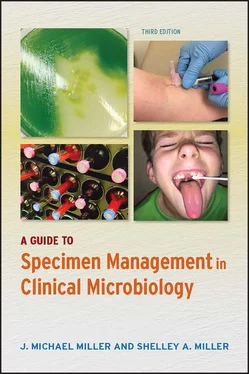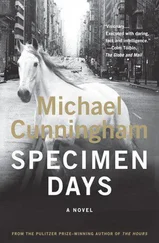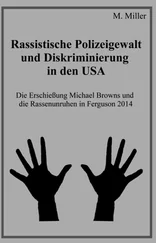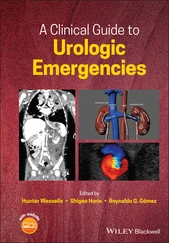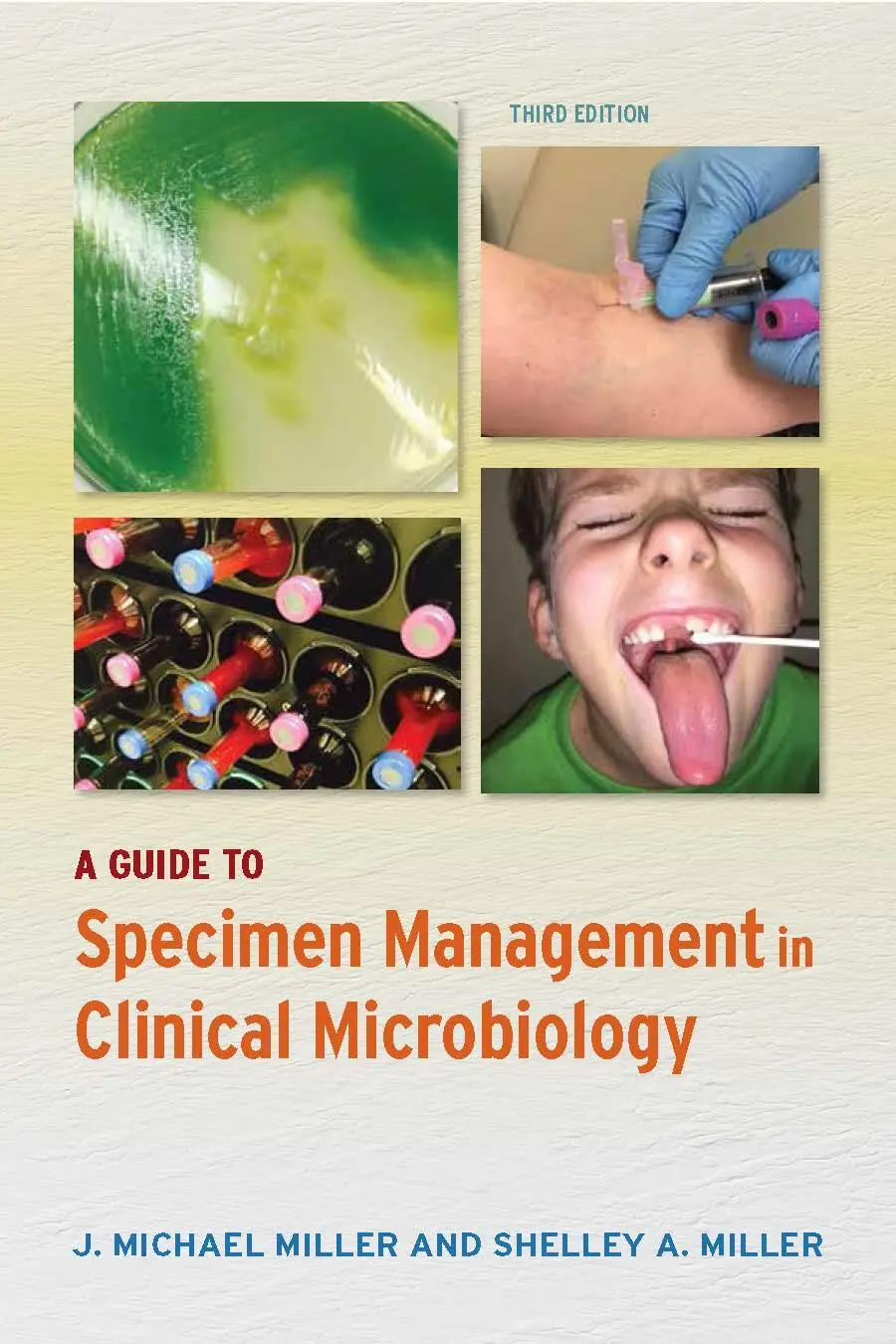


Copyright © 2017 American Society for Microbiology. All rights reserved. No part of this publication may be reproduced or transmitted in whole or in part or reused in any form or by any means, electronic or mechanical, including photocopying and recording, or by any information storage and retrieval system, without permission in writing from the publisher.
Disclaimer: To the best of the publisher’s knowledge, this publication provides information concerning the subject matter covered that is accurate as of the date of publication. The publisher is not providing legal, medical, or other professional services. Any reference herein to any specific commercial products, procedures, or services by trade name, trademark, manufacturer, or otherwise does not constitute or imply endorsement, recommendation, or favored status by the American Society for Microbiology (ASM). The views and opinions of the author(s) expressed in this publication do not necessarily state or reflect those of ASM, and they shall not be used to advertise or endorse any product.
Library of Congress Cataloging-in-Publication Data
Names: Miller, J. Michael (Jon Michael), 1945- author. | Miller, Shelley A., author.
Title: A guide to specimen management in clinical microbiology / J. Michael
Miller, Microbiology Technical Services, LLC, Dunwoody, Georgia; Shelley
A. Miller, University of California, Los Angeles, Los Angeles, California.
Description: Third edition. | Washington, DC : ASM Press, [2017] | Includes
bibliographical references and index.
Identifiers: LCCN 2016053693 (print) | LCCN 2016054512 (ebook) | ISBN
9781555819613 (pbk.) | ISBN 9781683673118 (ebook)
Subjects: LCSH: Diagnostic microbiology--Handbooks, manuals, etc. |
Diagnostic specimens--Handbooks, manuals, etc.
Classification: LCC QR67 .M54 2017 (print) | LCC QR67 (ebook) | DDC
616.07--dc23
LC record available at https://lccn.loc.gov/2016053693
All Rights Reserved
Printed in the United States of America
10 9 8 7 6 5 4 3 2 1
Address editorial correspondence to
ASM Press, 1752 N St., N.W.,
Washington, DC 20036-2904, USA
Send orders to ASM Press, P.O. Box 605, Herndon, VA 20172, USA
Phone: 800-546-2416; 703-661-1593
Fax: 703-661-1501
E-mail: books@asmusa.org
Online: http://www.asmscience.org
Section opening photo credits: Section I (©Zaharia Bogdan Rares/Shutterstock.com),
Section II (©Gotzila Freedom/Shutterstock.com), Section III (©Pongsak A/Shutterstock.com)
Contents
Preface
Acknowledgments
About the Authors
How To Use This Book
SECTION I
Communicating Laboratory Needs
Basic Issues
Selecting a Representative Specimen
Requisitions
Specimen Packaging and Transport
Color-Coded Vacuum Tubes
Catheters Often Used in Medical Procedures
Specimen Priority
Specimen Rejection Criteria
Rejection Statements or Addenda to Laboratory Reports
Specialty Testing
Environmental Samples
Hand Wash Specimens
Laboratory Reports
SECTION II
Specimen Management Policies and Rationale
Collection Times
Collection Procedures
Specimen Transport
Specimen Processing: General
Specimen Processing: Molecular
Lower Respiratory Tract Specimens
Urine Specimens
Wound Specimens
Spinal Fluid Specimens
Throat and Nasopharyngeal Specimens
Vaginal and Endometrial Specimens
Miscellaneous Specimens
SECTION III
Specimen Collection and Processing
Body Fluid Specimens
Abdominal-Peritoneal Fluid (Paracentesis, Ascites)
Blood Specimens
Cerebrospinal Fluid
Pleural-Thoracentesis Fluid
Gastrointestinal Specimens
Duodenal Contents
Gastric Contents
Pinworm Eggs Collected by Adhesive Tape Preparation
Rectal and Anal Swab Specimens
Sigmoidoscopy Specimens for Amebiasis
Stool or Feces for Culture or Parasitology Studies
Stool Specimen Collection Directions
Genital Specimens
General Information
Cervical or Endocervical Specimens
Genital Smears for Herpes
Urethral and Penile Specimens
Respiratory Specimens
General Information
Bronchoscopy-Bronchial Washing
Nasal Specimens
Nasopharyngeal Specimens
Sputum
Tracheal Aspirate
Transtracheal Aspirate
Throat Specimens
Urine Specimens
General Information
Urine from Catheters
Clean-Catch Urine
Cystoscopic Specimens: Bilateral Urethral Catheterization
Suprapubic Aspirate for Urine Cultures
Urine Specimens: Bladder Washout
Urine Specimens: Ileal Conduit
Viruses, Chlamydiae, Rickettsiae, and Fungi
Chlamydia Culture
Specimens for Mycoplasma and Ureaplasma spp.
Fungal Specimens
Rickettsial Specimens
Viral Specimens
Wound Specimens
General Information
Ear (Otitis Media) Specimens
Eye Specimens
Skin and Contiguous Tissue Specimens
SECTION IV
Specimen Management Summary Tables
Bacteriology and Mycology Specimen Collection Guidelines
Specimen Management for Infrequently Encountered Organisms
Specimen Guide for Virus Isolation
Virology Specimen Collection Guidelines
Parasitology: Anatomic Sites Containing Diagnostic Stages
Parasitology Specimen Collection Guidelines
References
Index
Preface
From syndrome-based molecular panels to total lab automation, clinical microbiology has evolved rapidly over the past 18 years since the previous edition of this book. We have witnessed increases in infections due to multidrug-resistant organisms, have overcome a major Ebola outbreak, and are currently tackling the geographic expansion of Zika virus and its potentially devastating effects. Aside from these more contemporary headliner agents, we continue to battle the threat of microorganisms that have been plaguing our world for decades, including HIV, syphilis, and influenza, just to name a few. And while the laboratory processes, diagnostic methods, and diseases may be more advanced and exotic, one unwavering aspect is the need for appropriate, well-collected specimens. In a world where we find ourselves trying to do more each day within the same 24-hour period, it is imperative that time not be wasted on correcting issues that are easily remedied with upfront attention to quality of specimens.
For some reason, clinical microbiologists seem to get more formal training in appropriate specimen selection, collection, preservation, and transport than nurses, physicians, and other medical personnel who are actually obtaining the specimens. Microbiologists can usually agree that a poor specimen, regardless of how it is transported or stored, will provide poor, even inaccurate, results for the physician. Physicians must be able to trust the microbiology laboratory to deliver accurate, clinically relevant results; so it must be emphasized that the quality of the specimen submitted for culture and, ultimately, the person selecting, collecting, labeling, preserving, and transporting it, are essential first steps to achieve this. Therefore, this book is for every member of the health care team—the partnership.
Читать дальше
